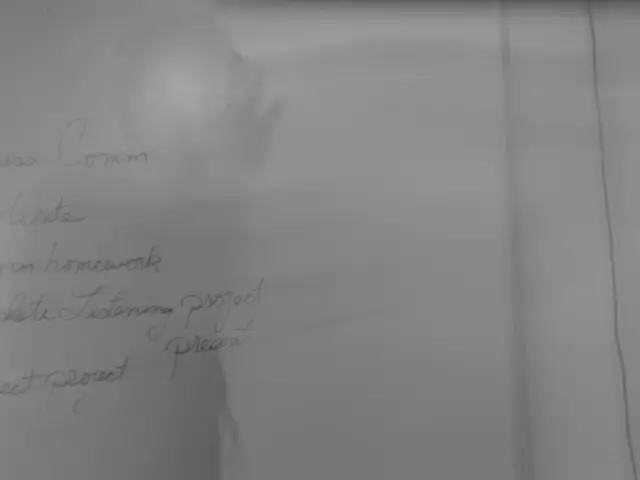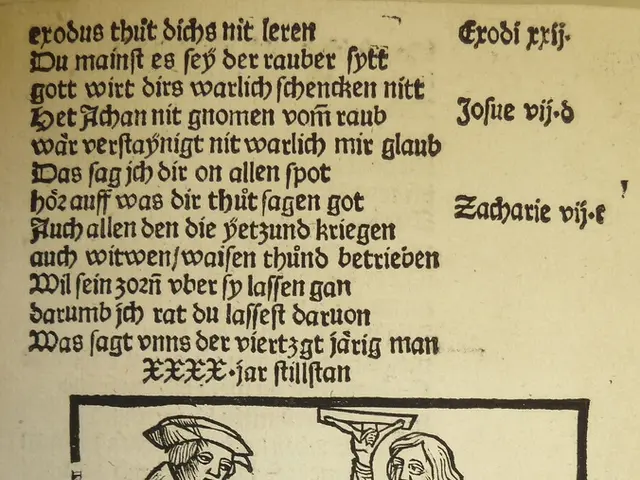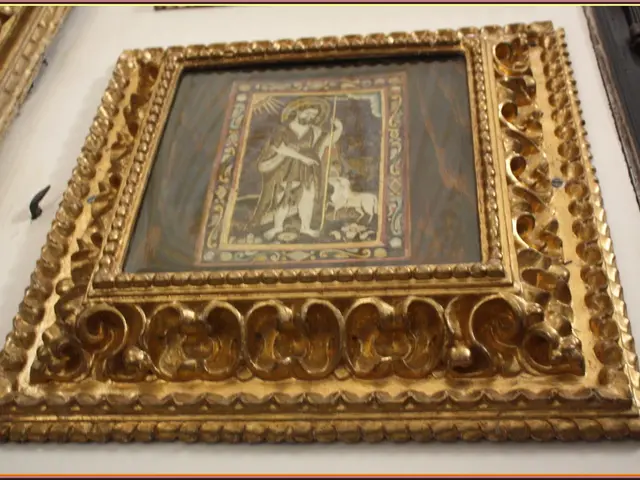Uncovered portrait of a female figure concealed within Picasso artwork unveiled
Back in the day, Picasso covered up a portrait of a woman with his painting of his pal Mateu Fernández de Soto, likely around 1901. Fast forward to the present, and the Courtauld Institute of Art in London managed to uncover the original lady's outline using cutting-edge technology. They employed infrared and X-ray imaging, leading to the gradual unveiling of the woman's features, piece by piece.
Barnaby Wright, the deputy head of the Courtauld Gallery, shared the eye-opening experience. Despite some experts suspecting that something more lay beneath the surface due to peculiar brushstrokes, nobody knew what was in store as they began their exploration. Though the lady's identity remains a mystery, she bears a striking resemblance to various other women portrayed by Picasso in Paris during that year, with her distinctive chignon hairstyle being a tell-tale sign of the fashion trends in the city at the time.
Wright cautiously described her as "a sort of anonymous model," but efforts continue to uncover her true identity. Speculation runs wild between her being merely a model, a lover, or perhaps a friend of Picasso.
Ever the experimentalist, Picasso was only nineteen when he ventured to Paris. At this point in his career, already he sought to revolutionize his painting techniques. By concealing the earlier portrait and reinterpreting it as his friend Mateu, Picasso not only switched subjects but also shifted stylistically, embarking on his well-known Blue Period.

In this period, Picasso's palette switched to less vibrant shades, reflecting his melancholic state of mind. The transition was at least in part spurred by the tragic suicide of his friend Carlos Casagemas, leaving deep marks on Picasso's life and art. The X-ray scans reveal that Picasso possibly modified this canvas multiple times, unwilling to start anew on a fresh canvas. Instead, he built upon the existing portrait, integrating and transforming the features of the woman and his friend into one composition.
Remnants of the woman's portrait still lingered on the canvas for those with trained eyes to observe. As Wright pointed out, once one familiarized themselves with the hidden portrait under the technical image, it became clear that the masterpiece was more than just the surface-level depiction of Mateu. Instead, he was literally painting over an invisible woman, merging both figures into a single, intricate work of art.
Wright confirmed that the "Portrait of Mateu Fernández de Soto" would be on display at the Courtauld Gallery in London from February 14 to May 26, allowing art enthusiasts to witness this fascinating discovery for themselves.

Wright further discussed the significance of Picasso's artistic style during this period, saying, "The fusion of styles in this painting is a testament to Picasso's innovative approach towards art." Moreover, the discovery of the original portrait underscores the artist's penchant for blending various art forms and styles, creating a unique and thought-provoking masterpiece.






